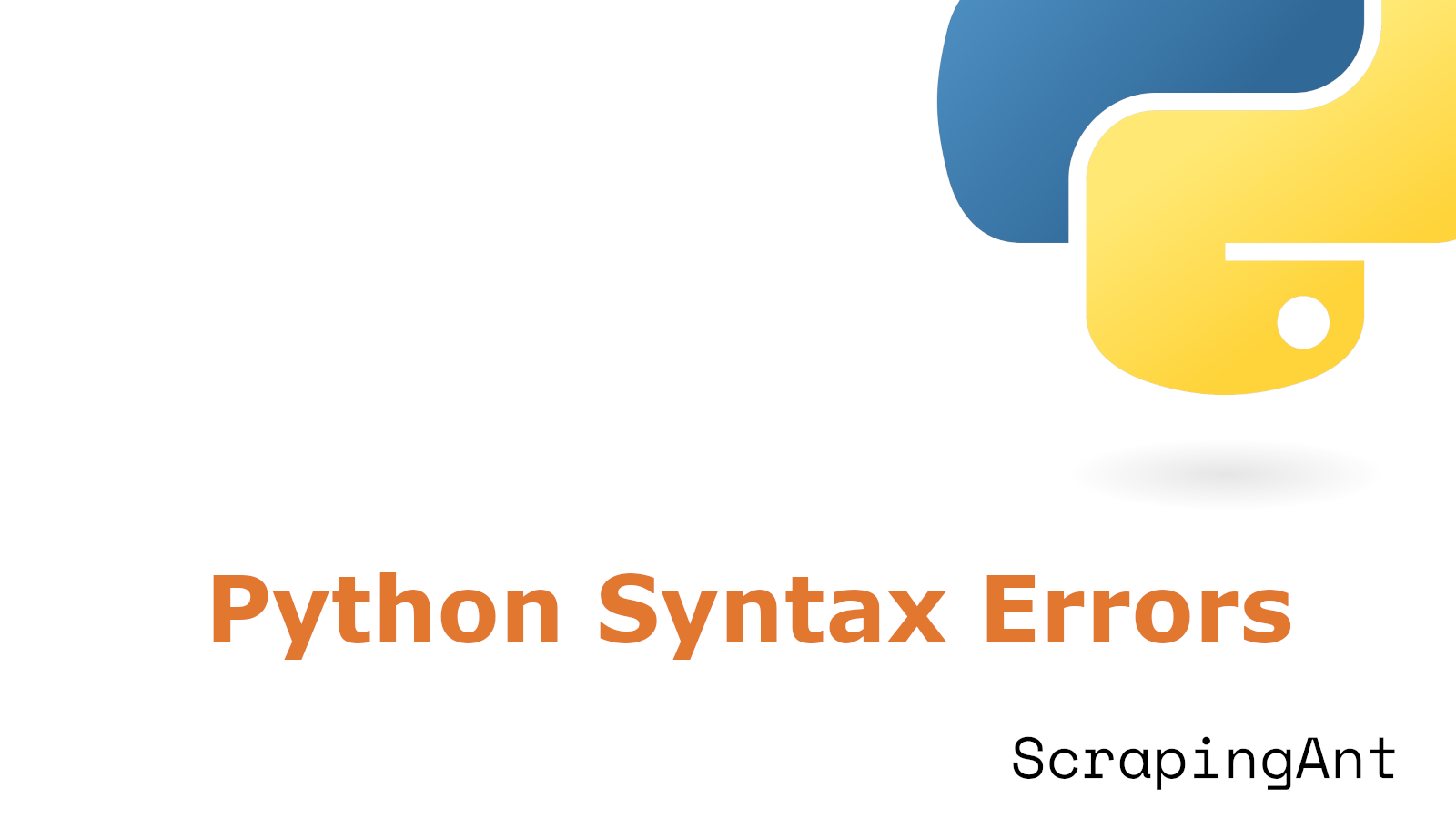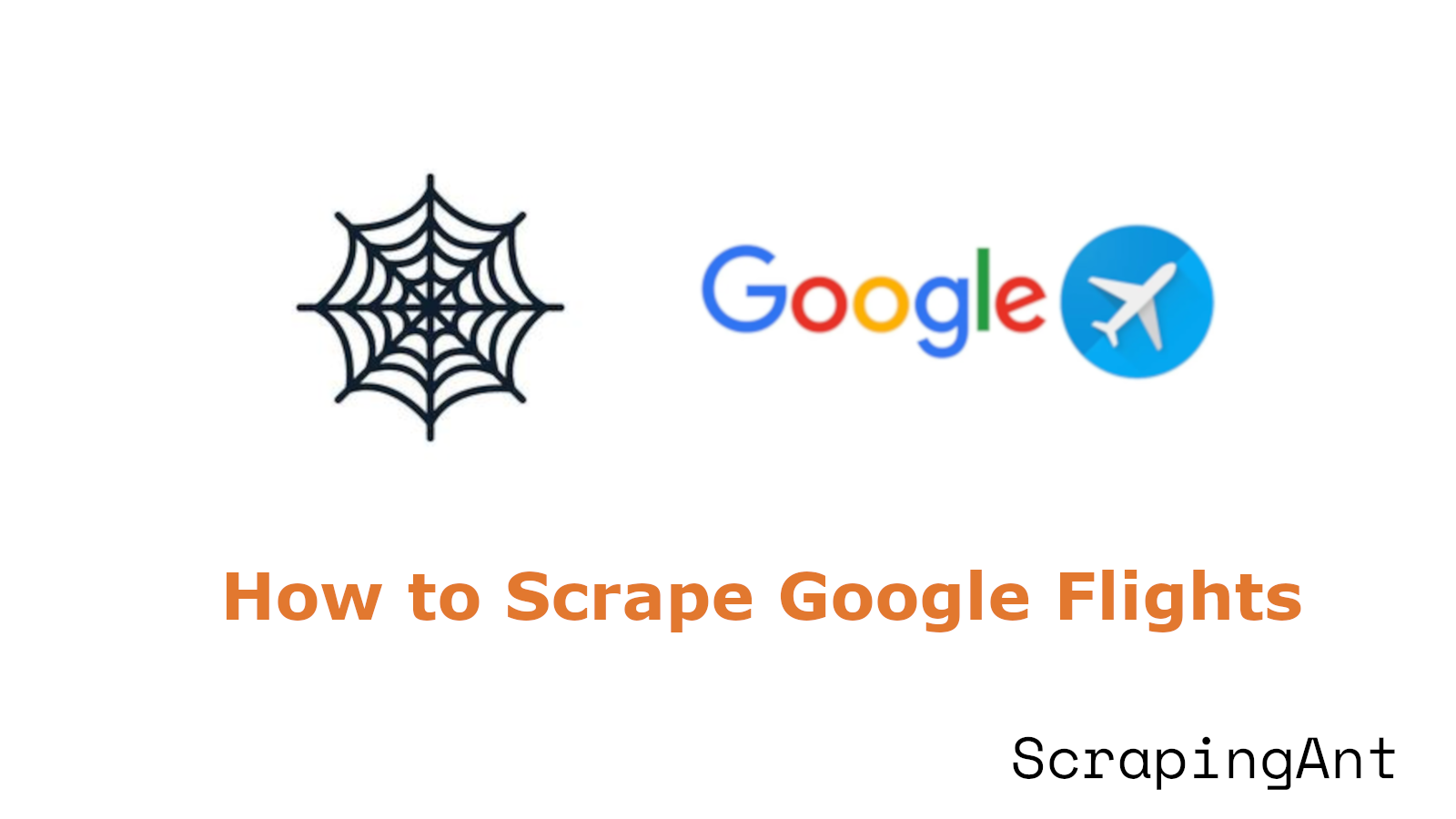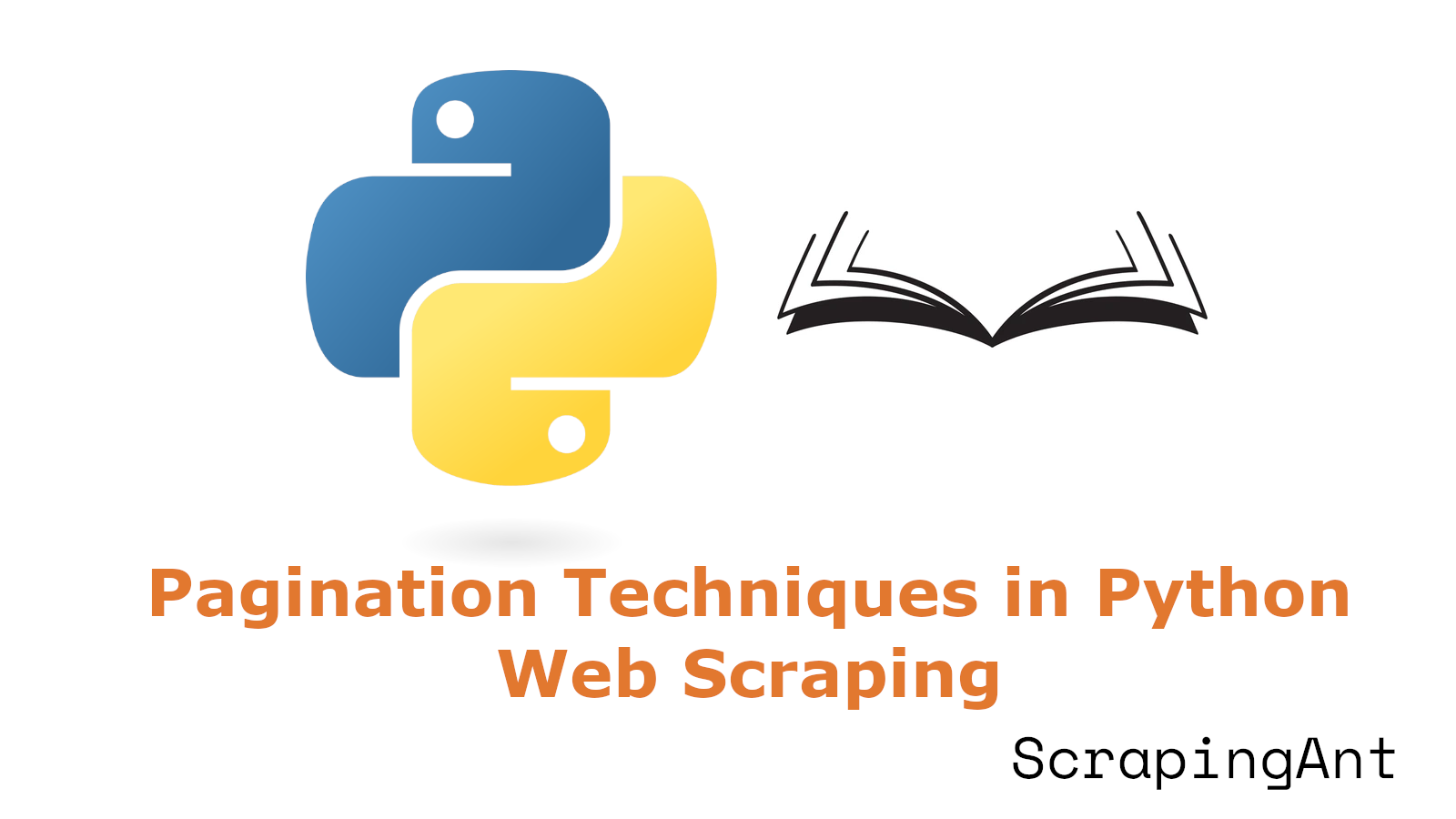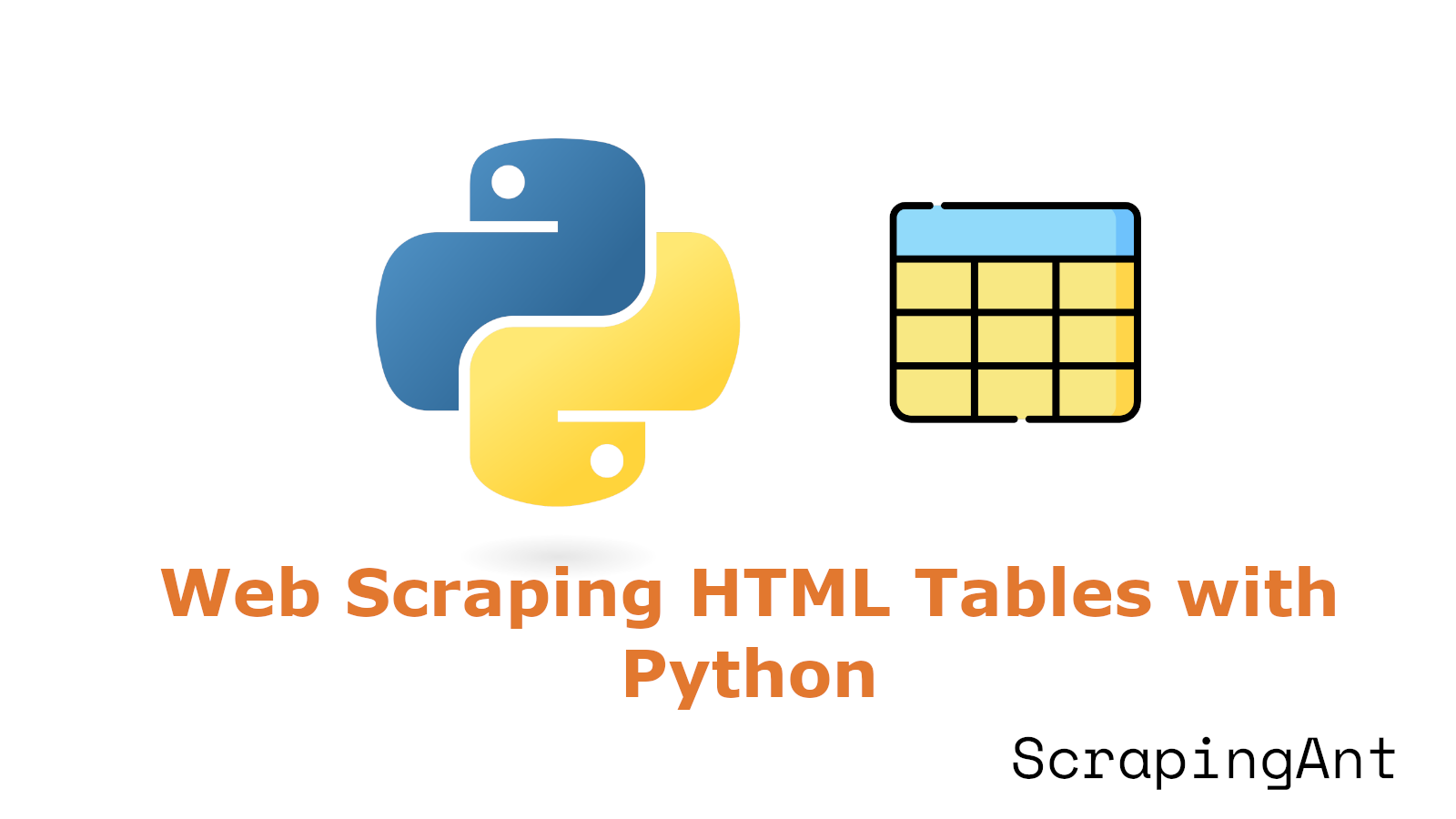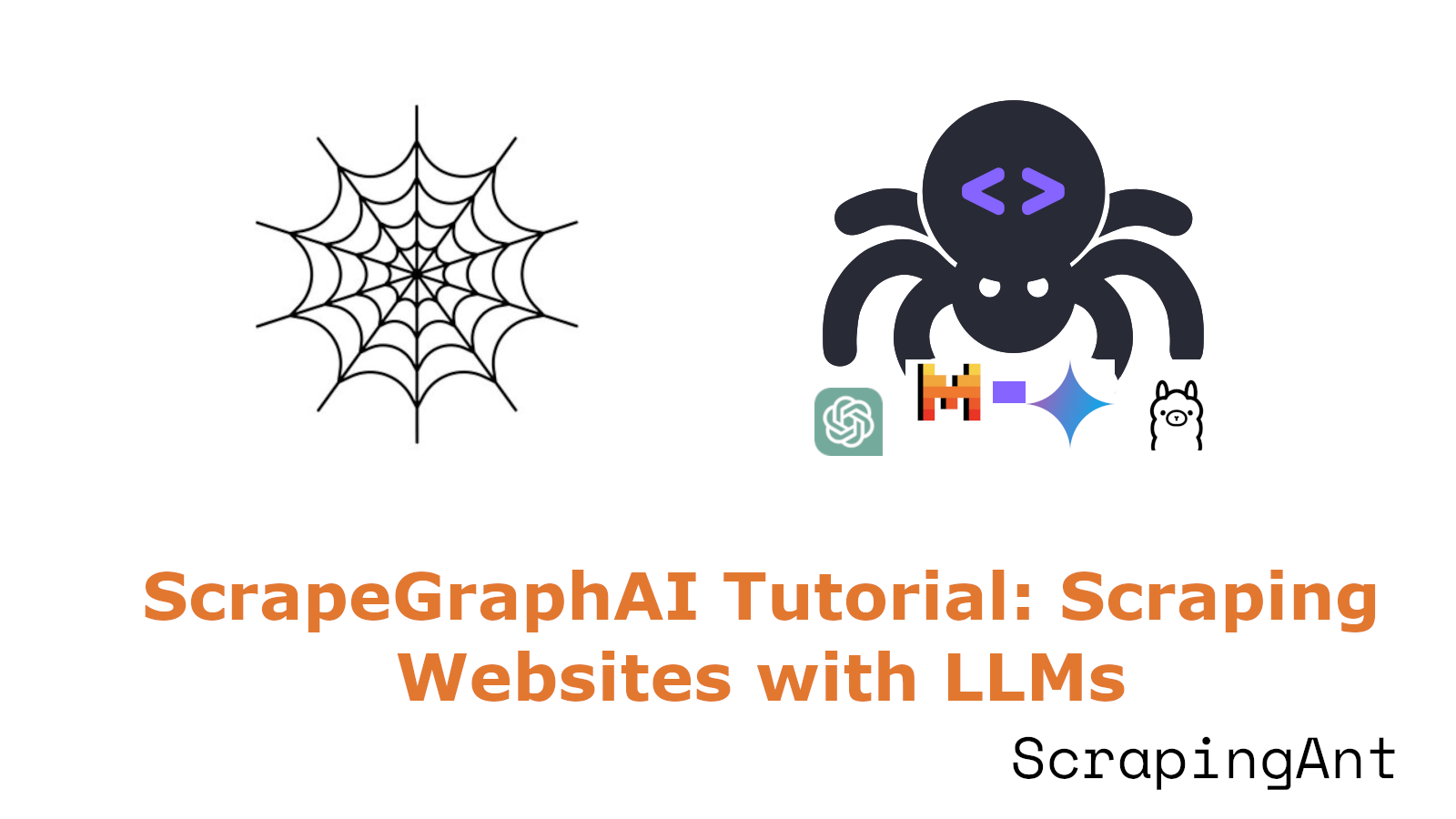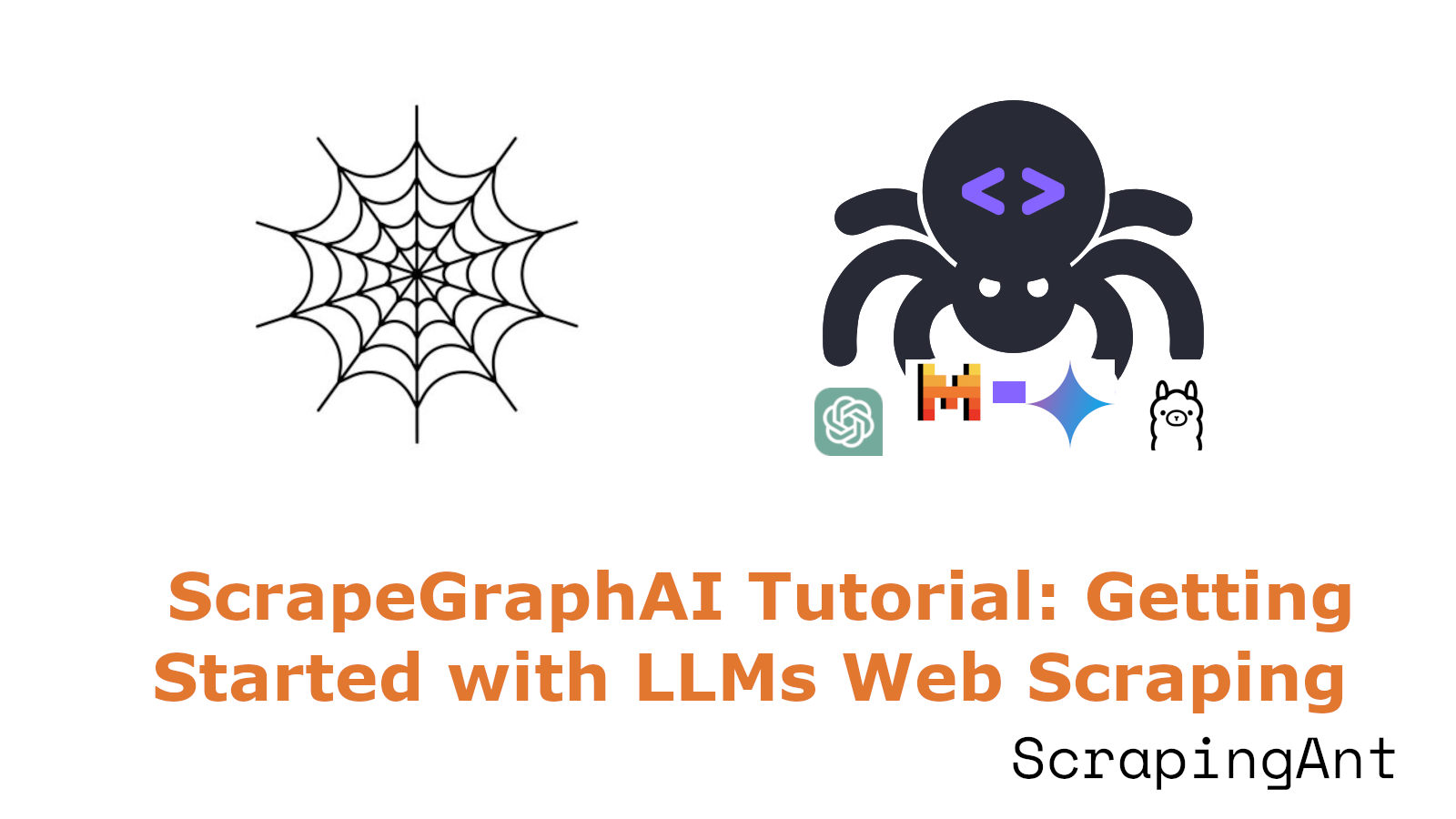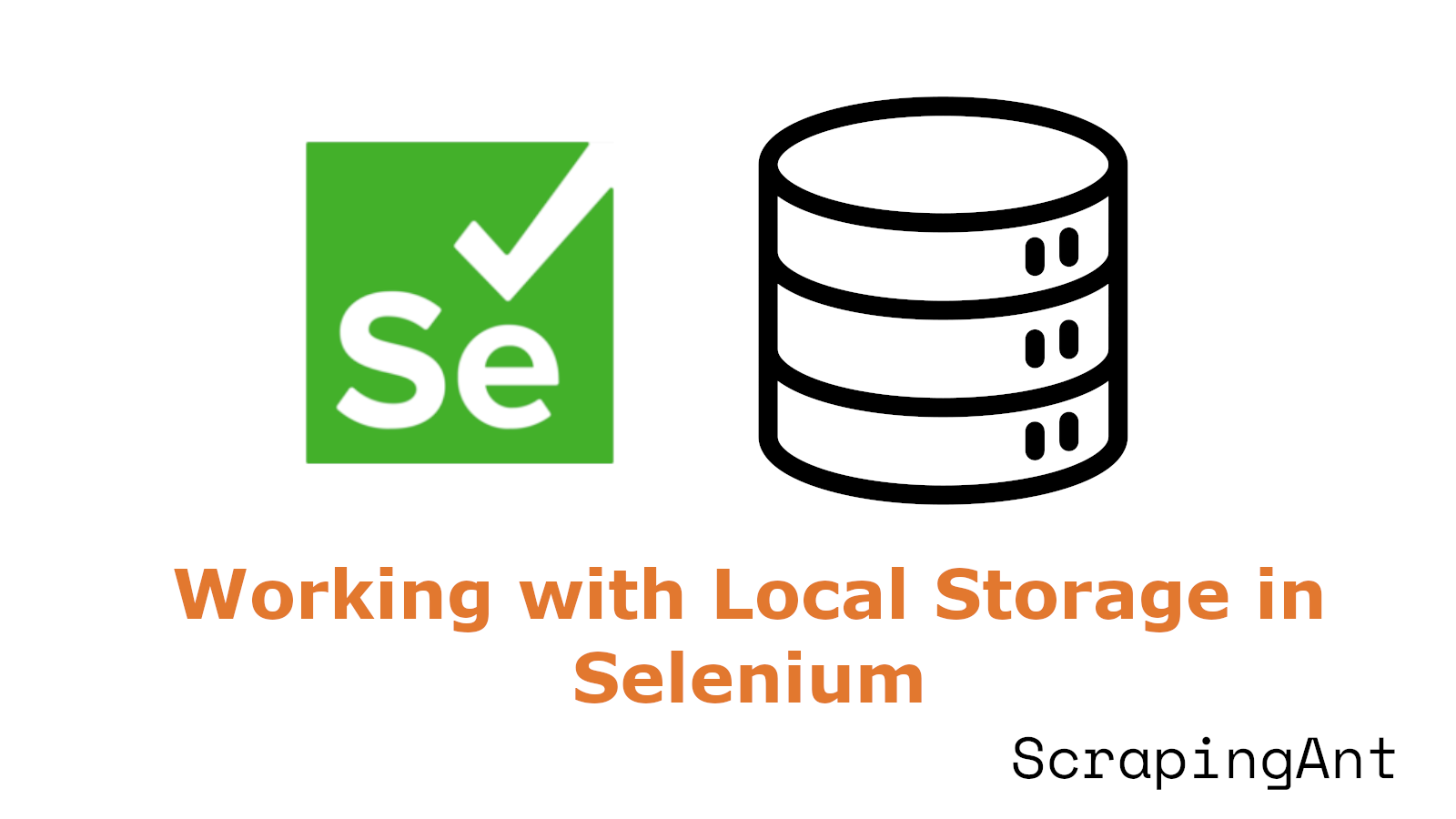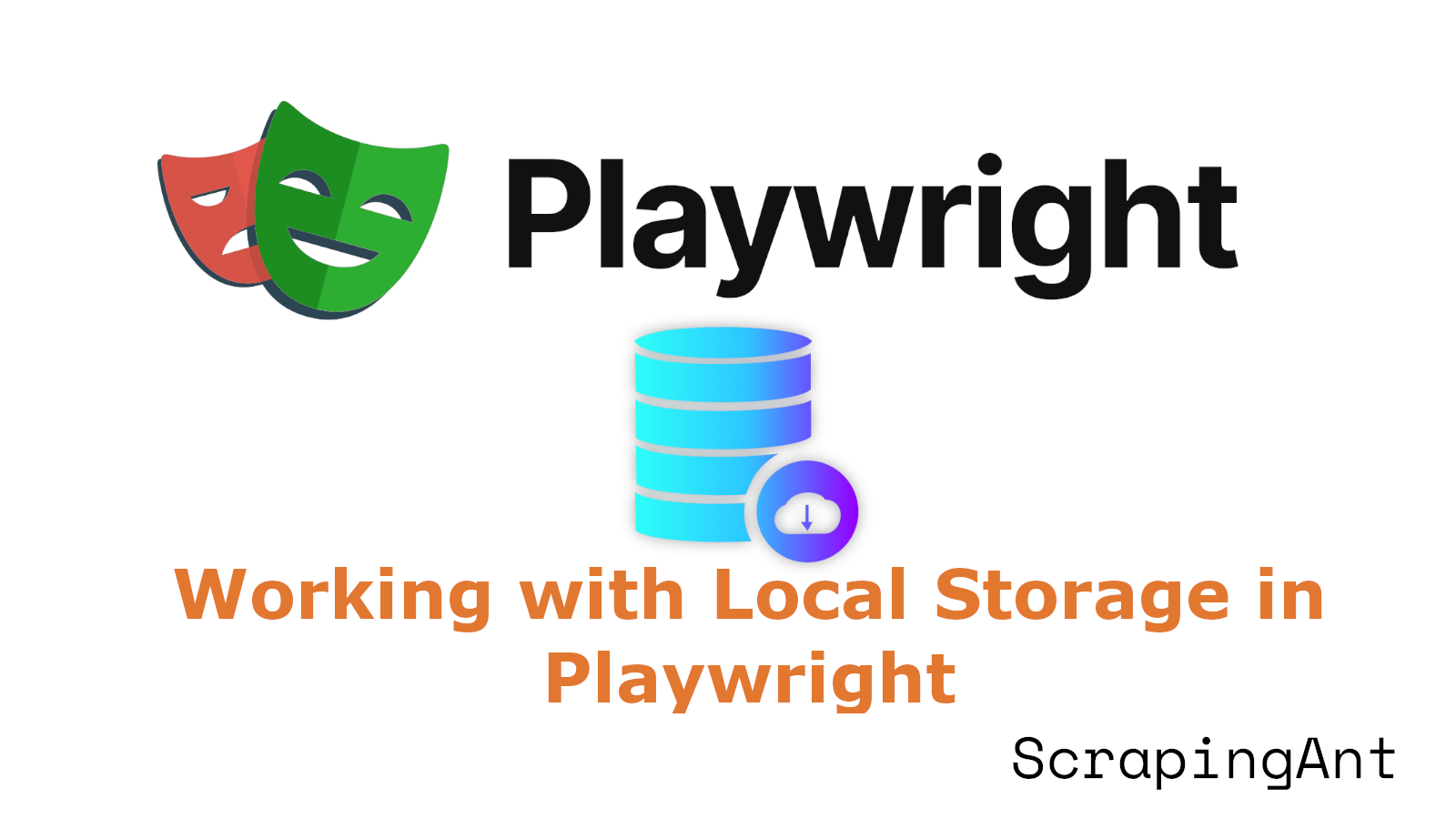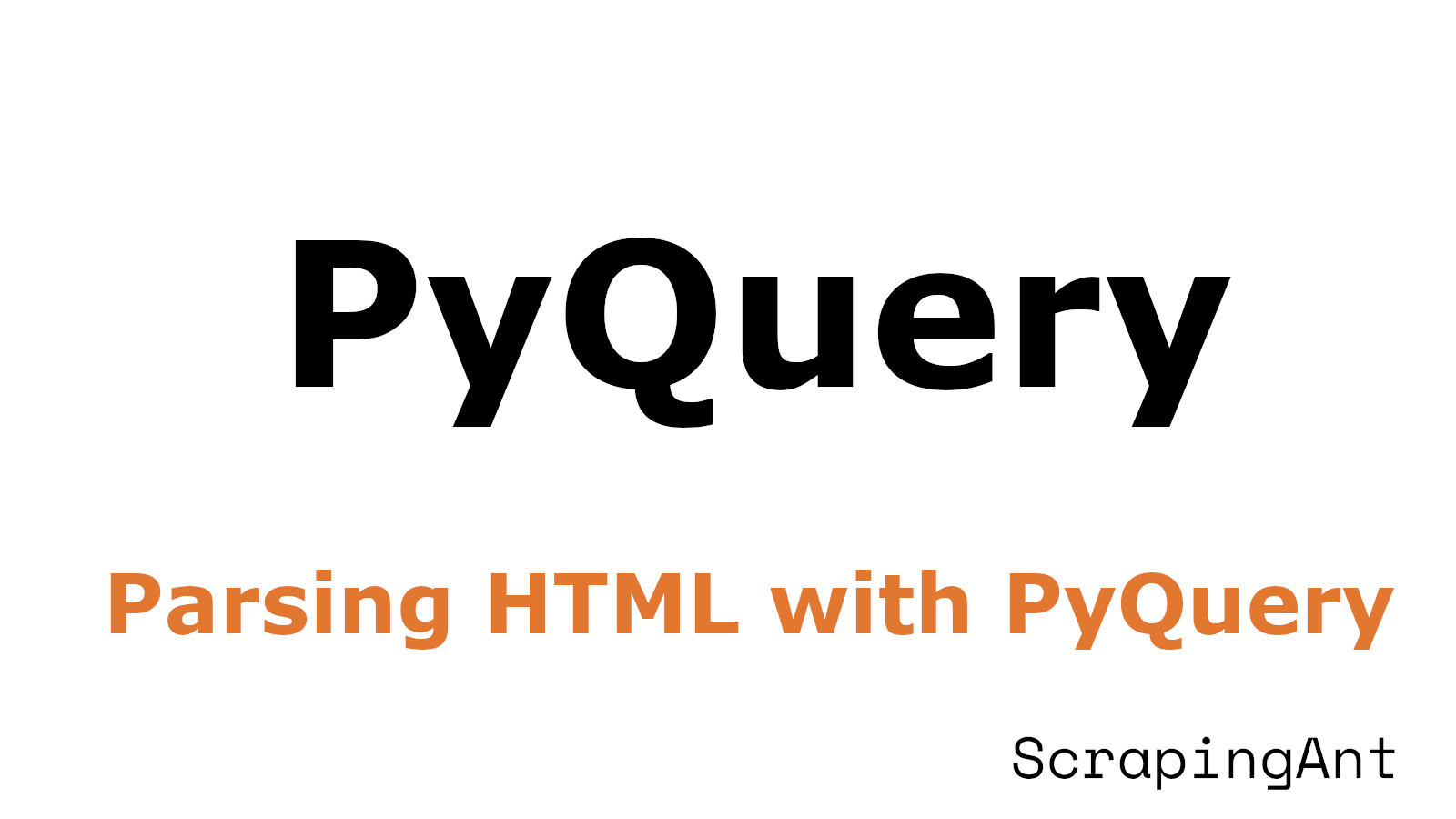
PyQuery stands out as a robust and intuitive solution, offering a jQuery-like syntax that is familiar to many developers. This comprehensive tutorial delves into the intricacies of using PyQuery for HTML parsing in Python, providing both beginners and experienced developers with valuable insights and techniques.
PyQuery, first released in 2008, has since become a popular choice for developers seeking an efficient way to navigate and manipulate HTML documents (PyQuery Documentation). Its strength lies in its ability to seamlessly blend Python's simplicity with the powerful selector syntax of jQuery, making it an ideal tool for web scraping, data extraction, and dynamic content manipulation.
This tutorial will guide you through the fundamental concepts of PyQuery, starting with basic usage and element selection techniques. We'll explore how to install and import the library, load HTML content from various sources, and utilize both simple and advanced selectors to target specific elements within a document. As we progress, we'll delve into more advanced topics, including DOM traversal, complex filtering methods, and dynamic content manipulation.
By the end of this tutorial, you'll have a comprehensive understanding of how to leverage PyQuery's capabilities to efficiently parse and manipulate HTML content in your Python projects. Whether you're building web scrapers, creating data extraction tools, or developing dynamic web applications, the techniques covered here will equip you with the knowledge to tackle complex HTML parsing tasks with ease and precision.
